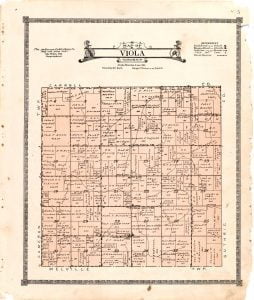Biography of Charles M. Hays
A well known lawyer and pioneer of Idaho is Charles Marshall Hays, of Boise. Almost his entire life has been passed on the Pacific coast and he has therefore been a witness of the marvelous development of this section of the country. He was born in Saline County, Missouri, on the 22d of April 1845, and is descended from Irish ancestry. Members of the family were early residents of Virginia and Kentucky and were participants in the struggle that brought to the nation her independence. The grandfather of our subject removed from the Old Dominion to Kentucky during the pioneer epoch … Read more



